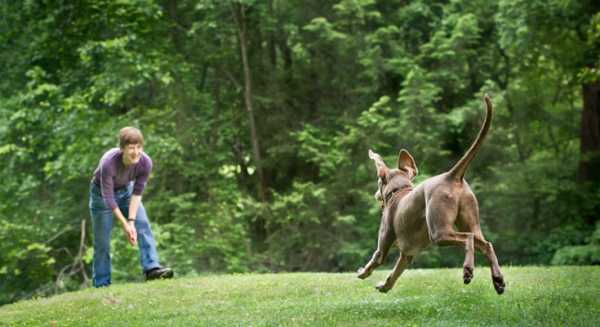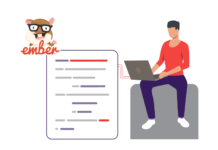Usually, dogs enjoy a nice run off their leash. But, before you allow your dog out, you must be certain that they will always return when you call. However, because dogs are naturally curious, training a recall may be tricky. Whenever we ask our dogs to come to us, we are instructing them to ignore other enticing odors or food in order to return to us. As such, in order to develop a dependable recall, we must educate our canines that being near us can be most enjoyable for them. For successful recall training, repetition is key. Your aim is to have sufficient effective training sessions until turning and sprinting back towards you becomes reflexive for your pet. While searching for a professional dog trainer, you may check if he offers World-Class Board and Train in Chico for optimum results. But first, here are some handy ways to train your canine friend to recall.
- A Trustworthy Recall
While calling your dog, you want to ensure that they will return enthusiastically. A dependable recall is especially vital if you wish to let your dog run off-leash beyond an enclosed yard. Even if your dog never goes off-leash, a solid recall is critical for any dog in an emergency. Because dogs aren’t machines, there’s no assurance that they’ll respond to your cue. However, with a life-saving skill as recall, we need to strive for consistency.
In short, the following actions may be taken in sequence for your dog to have a dependable recall:
- Coach your dog in the appropriate conduct.
- Help your dog believe that returning to you when called can be the finest thing that could happen to her/him.
- Moderately introduce distractions in accordance with your dog’s comprehension.
- Maintain the level of reinforcement throughout.
- Recall Training Tips
The range for recall training should be kept minimal at the beginning. It is therefore ideal to begin within the house, initially inside the same room, and then progress to calling from varying random locations of the house. Following that, if feasible, the training may be taken outside to the yard, where their behavior can be marked with a clicker or acknowledged with praise words and a treat upon their return.
It can be vital to initiate a long training line to develop your confidence and ensure that your dog does not fail and undo all of your hard work in the yard. Outside, there are significantly more diversions and more attractive odors for your dog to seek. Experiment with shifting directions and gradual rewards to something tastier, like chicken or sausage regularly. When your dog is not food motivated, you may need to devise an alternative incentive, such as a toy or a game involving yourself.
Change the distance, location, and reward to regulate the surroundings. The more difficult the range, the tastier and more enticing the incentive for returning you should offer your dog. Most importantly, a strong recall may be rapidly undone if the only time you recall is when you get into your vehicle to escape an interesting location. The dog may be mistakenly trained not to return.
- 3 Easy Steps To Recall Training
- Prior to introducing recall, coach your dog to respond to their name
Teaching your dog its name can make it easier to get their attention when required. That can prove to be a lifesaver whenever you want them to refocus on you instantly to help them avoid probable danger. When you’re certain that you have their attention, you may incorporate your recall cue of choice. In addition, use your recall cue sparingly, allowing your dog at least a few seconds to react before instructing again. To keep your dog from being confused, ensure everybody in your household comprehends the cue.
- Include a few distractions and lengthen the recall range
Steadily increase the gap with your dog, as well as the degree of distractions you recall from. Finally, leave the yard and head out into the outdoors. Allow them to walk away from you before applying your recall trigger, and use a longer rope tied to their collar to keep them in check throughout training. Should they disregard you, use the long leash to gently assist them. Seldom engage the leash to draw your dog in your direction since it may make them reluctant to return.
- Reward your dog every time they respond positively to a recall
Begin inside, in your yard, or in another enclosed place, with some delectable foods around. When they come to you, reward them with praise and pleasant food. Make sure your incentives are exciting and attractive, especially if your dog has just gotten back from doing something intriguing. Use a cheerful, eager voice and inviting body language while calling them. Always praise your dog for returning, no matter how long it takes, and offer treats on a regular basis to keep them motivated.
When you take your dog’s leash off, they have a whole new world of options. They could decide that chasing a squirrel or playing with another dog is more fun than returning to you. If your dog continues to flee when you call, you should seek the assistance of an experienced dog trainer.
































